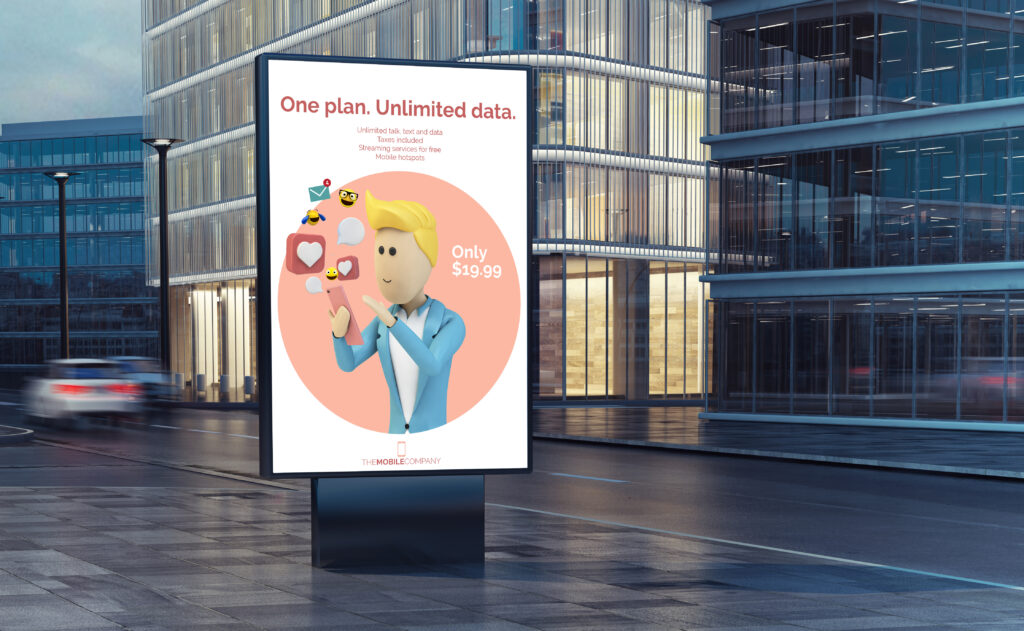Experience is powerful. Great marketers know this and have adopted it as a strategy. Imagine the feeling that comes from playing a video game — the adrenaline surge that you get while immersed in the experience, and the flashbacks you have after. It is an experience to long for. For instance, every chess player can attest to the times they spend reminiscing on their gaming experiences.
Marketers are grabbing and holding audiences’ attention by delivering a similar experience.
Given the relevance of experience in marketing, among other things, we have created this guide to help you understand what experiential advertising is all about.
In the paragraphs that follow, you will familiarize yourself with the benefits of experiential advertising, as well as the types.
Understanding Experiential Advertising
Experiential advertising means creating marketing campaigns that involve live experiences. A live music concert is a perfect example.
Often, it is a two-way interactive experience. Experiential advertising goes beyond just setting up a marketing campaign to be aired on TV, radio, or print media. It includes direct contact and interaction between the brand and its customers.
On the one hand, marketers create an experience for the target audience to enjoy. On the other, the target customers share feedback with the marketer as they interact with the advertisement in real time.
The goal of every experiential campaign is to create a unique and intuitive brand experience that would delight and compel the target audience. Marketers have understood that when they strike an emotional connection between the brand and the customers, the result is amazing.
Benefits of Experiential Marketing
Several times, marketers have attested to the benefits of experiential marketing campaigns. Below are a few worth mentioning.
Increased Brand Loyalty
Experiential marketing makes your brand stand out and creates a deep connection with your customers.
For instance, a brand that creates live events to promote a product will retain more customers than brands that deploy other traditional marketing tactics. This is corroborated by the EventTrack 2018 survey where 85% of consumers said they are more likely to buy a brand product or service after attending a live event. According to reports from the same survey, 91% of consumers say their feelings about a brand grows after a first-hand experience.
Increased Brand Visibility and Awareness
The more engagement and trends around your product, the more the audience gets to know about your brand. For this reason, experiential campaigns are designed to get people to share their experiences.
An EMI study shows that 98% of consumers that interact with experiential campaigns create digital content and they all share this content on social media.
An example is the Micheal Kors event at the Shanghai Expo-I-Pavilion. It was a digitally-led experiential event that allowed Chinese fans of the brand to join the live video and interact. The fans were asked to replicate their own runway and walk, then share their clips on Douyin, a local video-streaming app.
Using the hashtag #KorsShangai, about 9.53 million Chinese joined the live stream via the YiZhiBo app. This huge attendance sparked worldwide engagement and buzz for the fashion brand.
Better Competitive Advantage
Incorporating an experiential advertising campaign into your marketing strategy can give you an edge over the competition. Pulling off an experiential event, whether digitally or on-site, takes weeks of planning and considerable resources.
Planning to make it happen alone puts you ahead of 50% of your industry competitors. According to EventTrack, experiential events are the second best means (41%) to understand a brand’s product. The company website is the first (44%).
Given that about 72% of businesses already have a website, according to survey data, an experiential campaign can go a long way to augment the message on your website.
Types of Experiential Advertising

Before you choose to seize the opportunities that come with launching an experiential advertising campaign, you should consider what exact experiential campaign will fit your business and budget. Here, we touch on a few.
Guerilla Marketing
Remember the term “guerrilla warfare”?
It’s when soldiers go rogue during a war and exhibit behaviors so unexpected that they get the attention of everyone including the media.
Well, something similar happens in marketing. Often, brands do something weirdly disturbing to gain public attention.
Although it’s common among small brands with limited marketing budgets, big brands can’t seem to overlook the impact of guerrilla marketing. So, they add some flair to it.
The 2022 Red Bull Stratos project is an excellent example of a big brand going guerrilla.
Small brands and individuals pull off guerrilla campaigns every day without getting noticed.
In 2004, Ron Bensimhon pulled off a guerrilla on the world’s greatest –the Athens Olympic Games. We’re still unsure which brand he did it for.
For what it’s worth, guerrilla campaigns are hugely experiential. If done well, the people that watch it happen never seem to stop talking about it.
Product Demos and Sampling
Digital product demos are highly compelling. 67% of consumers bought a product straight after experiencing it in action, an Event Marketer survey found.
Incorporating demos into advertising has great potential. However, this appears to be more feasible with digital advertising than traditional OOH ad campaigns.
Considering that OOH campaigns are now interactively designed with digital elements (like QR codes), target audiences can have a fair slice of the product experience pie, all outdoor-inspired.
3D Advertising
This is arguably referred to as the future of outdoor advertising because of its highly experiential allure. 3D advertising gives the target audience a fair rush of adrenaline.
In Tokyo, a Final Fantasy VII DOOH billboard ad was the talk of the city after the advertisers brought 3D high-impact experiential advertising to the face of commuters. Here’s a video of it. Enjoy.
Conclusion
Raved experiential campaigns have been about B2C brands. This doesn’t mean that B2B brands are devoid of experience.
As a matter of fact, B2B companies often implement the product demo and sampling technique of experiential advertising. This is highly compelling, especially for high-end technology products.
Regardless of the brand’s industry, experiential advertising has proven to be highly useful to brand awareness creation as well bottom line.
While some experiential ads may be capital-intensive, some require nothing more than creativity. Furthermore, integrating experiential advertising into outdoor campaigns is far more impactful than its digital counterpart.
At Nickelytics, we are helping fast-growing brands bring high-impact advertising to audiences that are precisely targeted using trusted location data and AI-powered recommendations.





